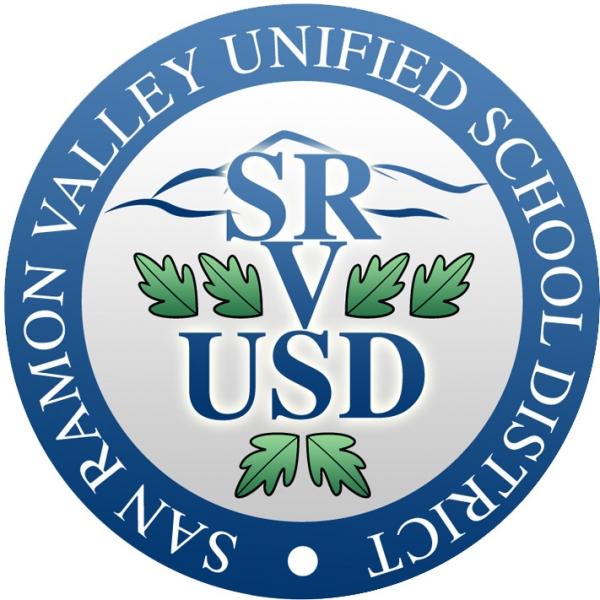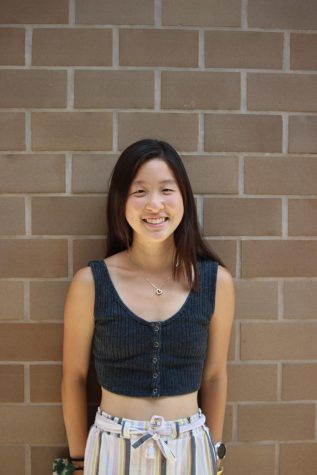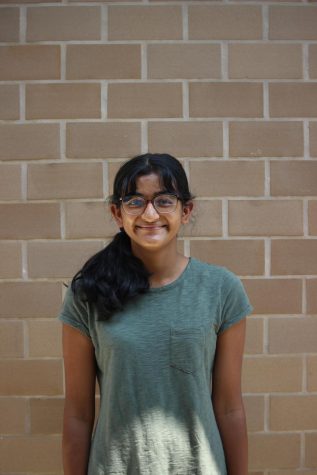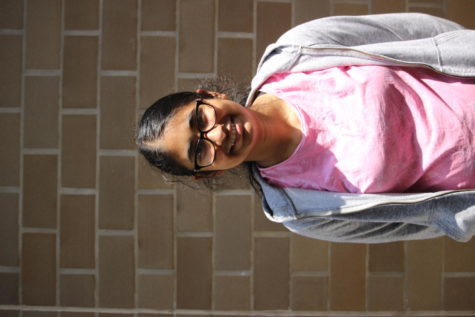SRVUSD’s Hybrid Learning Model: a Q&A with a district official

SRVUSD
SRVUSD will implement its new hybrid learning model beginning January 2021.
November 10, 2020
Beginning second semester, students in SRVUSD will have the option to return to in-person school with a new hybrid model or stay remote full-time. We conducted an interview with SRVUSD Communications Specialist Denise Jennison to dive deeper into this hybrid plan.
Q: Some people argue that teachers simultaneously teaching in-person and online could be difficult and ineffective. It could also potentially be confusing for students. How specifically will this plan be more effective than online learning? What are the benefits?
A: Teachers will be given flexibility about whether or not they choose to use videoconferencing. In some classes, this strategy will be necessary (some AP classes or electives where there is only one teacher at the school who can teach a particular class). In other classes, it will be up to the teacher’s discretion. The use of videoconferencing allows teachers to interact with both remote and in-person students simultaneously.
Q: How will courses be modified?
A: In the move to a fully remote instructional environment last spring, teachers had to adapt their curriculum to be effective in a new model. The District is providing ongoing professional development to help teachers with this adjustment.
Q. There is a lot of asynchronous time in the hybrid model. How might this affect a student’s learning?
A: Both synchronous and asynchronous time, whether remote or in-person is beneficial to student learning. The District is supporting teachers to make asynchronous time effective and engaging for students. Asynchronous time does not necessarily mean that the teacher will not be present, but rather it provides time for valuable, teacher-assigned, and assessed, monitored independent work and group interactions that are a necessary part of a well-rounded educational experience.
Q: What will be done to ensure the safety of students during passing periods and lunch?
A: Students who attend school in-person will have to exhibit personal responsibility to try to maintain 4-6 feet of distance between themselves and others at all times, including during passing periods and lunch. Staff will be vigilant about reminding students of this necessity.
Q: Do teachers have a choice in returning to school?
A: The District has a process in place to work with teachers who have a medical reason that prohibits them from returning to in-person instruction. Once we have received all the declarations and we know how many teachers we will need for remote learners and how many teachers we will need for in-person learners, we will work with staff to try to accommodate their instructional model preference.
Q: How is testing going to work?
A: The California Department of Public Health published a guidance document for reopening schools. SRVUSD will surveillance test our employees. 25% of the staff will be tested every two weeks per the guidance.
Q: What happens if someone tests positive?
A: There are specific protocols in place for all possible scenarios which are made in consultation with the Contra Costa County Department of Public Health’s contact tracing team for schools. Please refer to the Decision Tree in the Guide to Reopening on the District website for specific information about these protocols.
Q: What does the hybrid model mean for students with special needs?
A: Students with special needs are returning to in-person instruction in phases. Intensive SDC, counseling enriched program and preschool students came back on October 29th. Moderate and mild SDC and adult transitions students will come back on November 17th. Our special education department has worked closely with our families of students with special needs to determine the best learning environment to meet their needs.
Q: What was the process that the district went through in coming up with this plan?
A: The District has spent months engaging all stakeholders (students, teachers and parents/guardians) in developing a plan for bringing those students, who choose, back to our campuses for in-person learning. We conducted interactive Town Hall meetings, surveys and small groups meetings. We received and responded to thousands of emails. We engaged on social media. We had one on one conversations. We consulted with other Districts locally, throughout California and nationally. We worked with healthcare professionals and education experts. We responded to public comment at our Board of Education meetings and engaged in negotiations and consultations with our three employee bargaining units to develop a plan.
Q: Do you believe the district has effectively considered the opinions of everyone involved— students, parents and teachers?
A: The District is confident that all stakeholders have had an opportunity to be heard about the plan to return to in-person learning. Our community has differing opinions about what they believe is best and everyone is passionate about their position. We have done everything that we can to allow everyone to be heard. Whether people agree with the plan or not, the District is confident that we have been open, engaging and transparent with all stakeholders.
We made a specific point of engaging students in this process through student-specific Town Halls and small group conversations with District Staff, student surveys and student focus groups. Students also participated on the District’s task forces to help develop the reopening plan.
Q: Why do so many parents want their students to return to school?
A: According to our survey results, about ⅓ of the parents in our District are passionate about getting their students back in school. Another ⅓ want their students to stay remote. The final ⅓ have yet to decide. Though we cannot speak to the motivation of others, some of the reasons we have heard for wanting students back in school have to do with social emotional health and a desire to get back to a more normal way of life.




